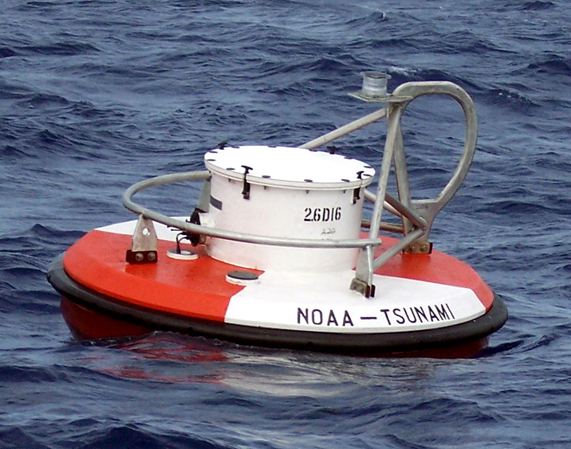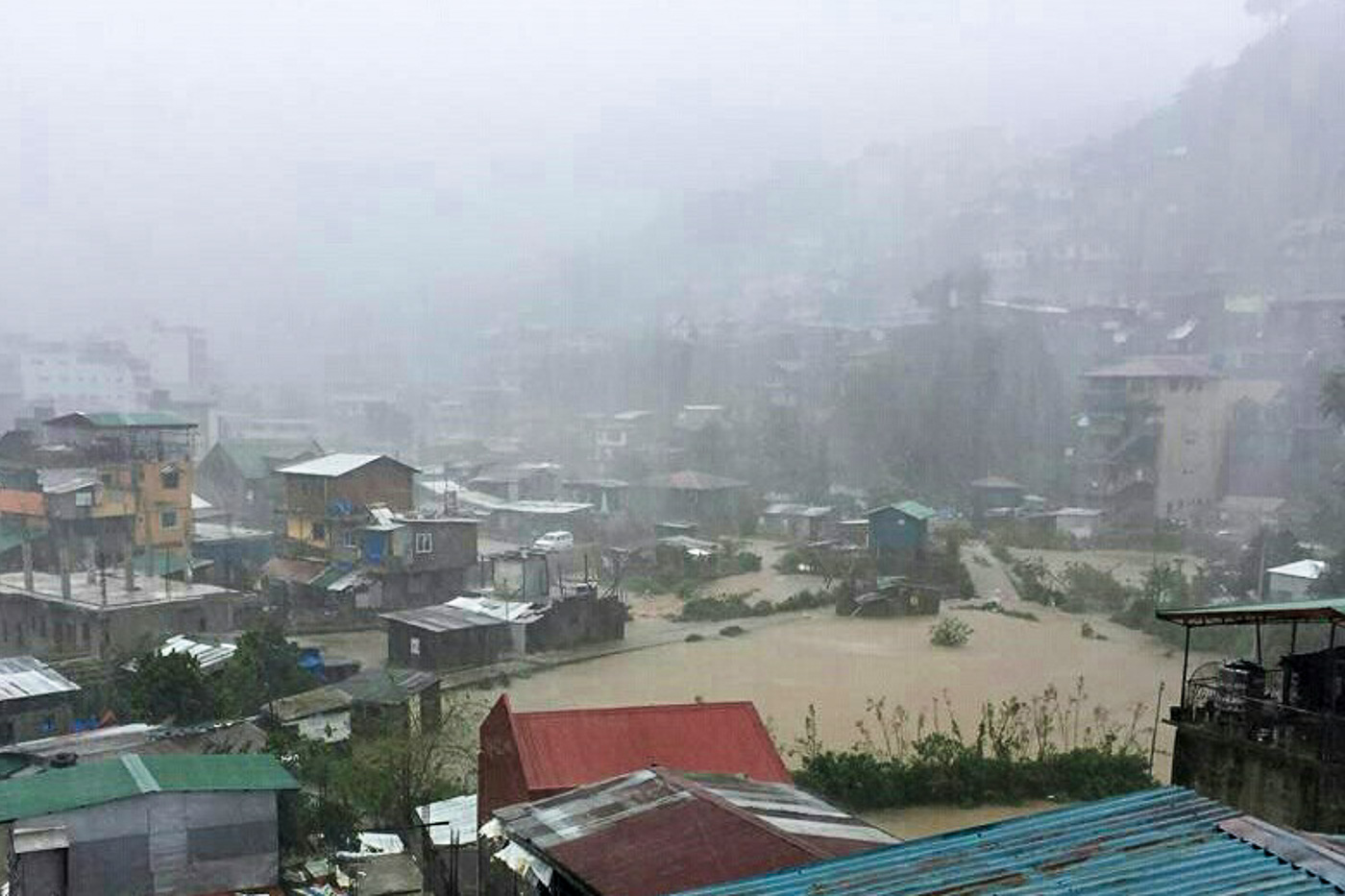
MANILA, Philippines – Two weeks after the landslide in Itogon, Benguet and more than a week since the one in Naga, Cebu, the spotlight is turned to the different K-9 units which played a huge role in the search and rescue operations in both areas.
Now that retrieval operations in Itogon have ended, it is fitting to recall the gallantry of two groups of K-9 volunteers – the canines and their handlers – which mobilized and traveled to the disaster areas to volunteer their service. These are the UP-MMDA-Vanguard K9 in Itogon, Benguet, and the MMDA K-9 Corps in Naga, Cebu.
Itogon, Benguet
On the night of September 19, a team of 8 handlers and 4 dogs from the UP-MMDA-Vanguard K9 rushed to disaster-struck Barangay Ucab in Itogon to assist in the search and rescue operations.
The group was led by Jon Sarmiento with his canine Jersey. Also with the team were Don Castillo with Digo, Jairish Dapito, Jerome Torres, Enrique Soriano with Chaplin, Joel Luciano with Luci, Ronald Pedraya, and Donathan Tayag.

It was the first deployment of the group. “We were prepared, but some things were lacking,” said Sarmiento. While they were able to bring the necessary protective equipment, they failed to bring certain tools for the operation, such as additional ropes.
Even with insufficient training for steep terrain, the team immediately went to work u arriving in Ucab. They divided into two groups, with four handlers and two dogs each. They sought bodies and survivors for a day and a half. During that time, the group led by Enrique Soriano and canine Chaplin were able to make 3 indications, which led to the retrieval of a body near Loakan Airport.
Despite the challenges, Sarmiento is happy with the performance of the K-9. “They performed well but we need more training.” Castillo emphasized the importance of basic obedience in dogs. “It makes both our job and the K-9’s job easier,” he said.
After their first deployment, the UP-MMDA-Vanguard K9 plans to incorporate their learnings in their regular trainings and future operations. “In terms of training, we need more cardio and agility exercises for long tracking," Castillo said.
Naga, Cebu
Moments after learning about the September 20 landslide in Naga, Cebu, a team of 6 handlers and three dogs from the MMDA K-9 Corps also grabbed their go-bags and took the next flight to Cebu.
Led by Cris Palcis with his canine Billy, the group was also composed of Julius Biano, George Tomagan with Vera, Sheryl Palcis, Henry Monsones, and Karlo Gonda with Thunder.

They said the MMDA K-9 Corps was the first K-9 search and rescue group on ground zero. Upon arrival, a total of 21 remains and survivors had been found. In the two days they spent in the operations, 8 more bodies were recovered and one survivor rescued in Barangay Tina-an. “The obligation placed on us was big,” said Palcis. “The BFP and the army relied solely on us to tell them where to dig when there was still no equipment.”
The K-9s are trained to search for human scent, not only in the air but also among rubble. After they make an indication by barking or digging, it is confirmed by another pair of handler and K9 before the team notifies which area to dig.
“The combination of high-tech equipment and K-9s is the best tandem for such operations," Tomagon said.
The advantage of K-9s includes their speed and mobility in searching hidden areas. “If there’s a blockage in its path, the equipment can no longer detect if there’s a person buried in a spot," Tomagon added. That’s where the K-9’s strong sense of smell comes in.
“We confirmed that our dogs are capable,” said Palcis. “Once they got to the site, they went straight to work. Nose down, tracking style. They weren’t hesitant to go in and scratch and dig in the rubble.”
In their experience, the actual search and rescue was the least of the team’s problems. Before getting to the site, they had to overcome hurdles through bayanihan. The biggest difficulties of which were transportation and logistics.
Looking back, the group is happy that their method proved effective in actual search and rescue operations. Now, they continue to find ways to propagate that method. “There are dogs everywhere,” said Palcis. “If we could train at least five teams per barangay, then it would already be a big help to communities.”
Looking for support
Both the UP-MMDA-Vanguard K9 and MMDA K-9 Corps are non-profit volunteer organizations which continue to look for support from the public and the government. Palcis mentioned finding training areas that resemble a disaster area as priority. “There are demolished buildings in Metro Manila where we could train,” he said, “but the process of getting permission takes too long that once it’s done, the rubbles have already been cleared.”
Tomagan hopes the government can also provide faster ways of transportation and deployment for volunteer groups like them during times of disaster, especially since the first hours are the most crucial.

Financial support for the improvement of training facilities is also welcome. But more than anything, both K-9 groups hope that more will join their trainings, even if only to save lives in each dog’s household.
“We’ll continue to train until the Big One comes,” said Alarcon of the MMDA K-9 Corps. “If we get to save even one life then that’s good, because that life could start a new generation.” – Rappler.com
The MMDA K-9 Corps would like to thank “Sir Jun” of Cebu for taking care of their transportation, Titan Group of Companies in Cebu for the accommodation, and the Manila team for providing news feeds and taking care of logistics (Mon Santiago, Mervyn Alarcon, Meg Velasco, Evelyn Cabautan, Efren Gabriel, and others).
To volunteer or support, you can contact the MMDA K-9 Corps and the UP-MMDA-Vanguard K9 on Facebook.





















